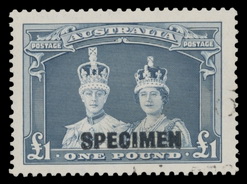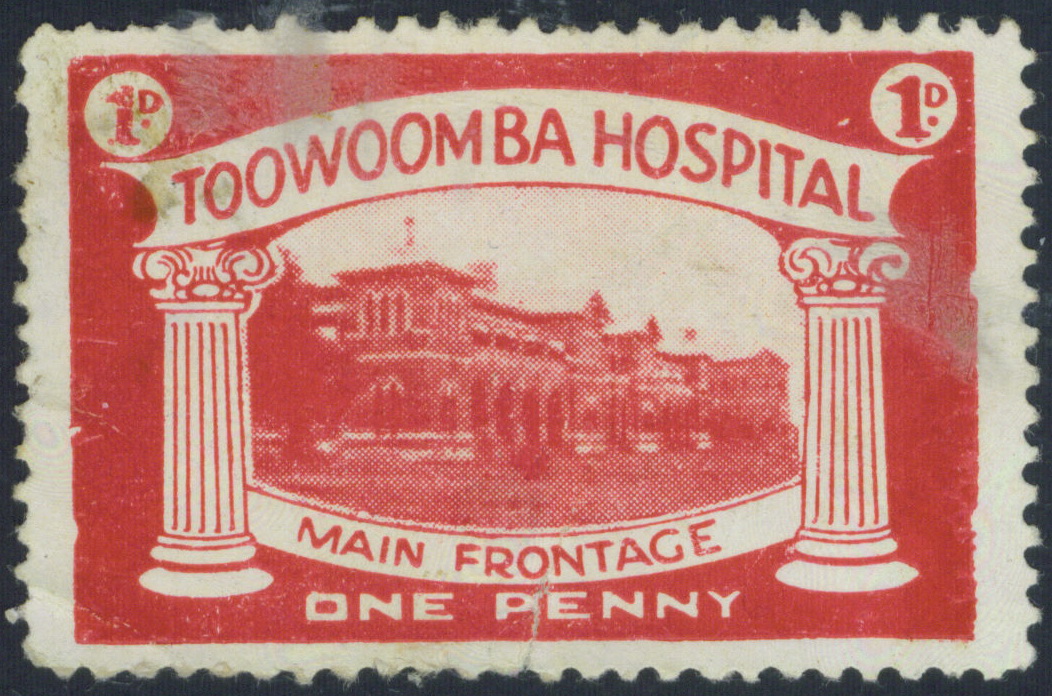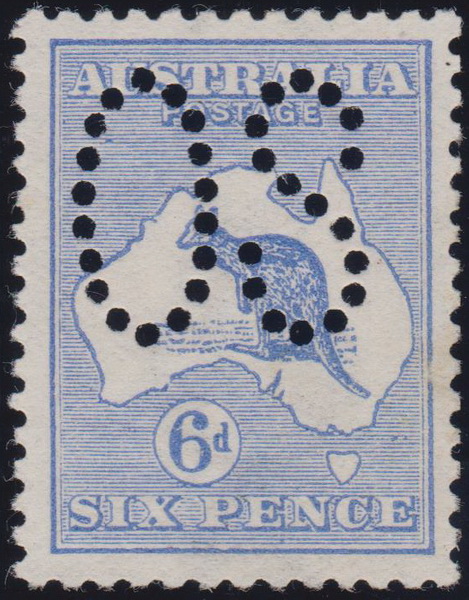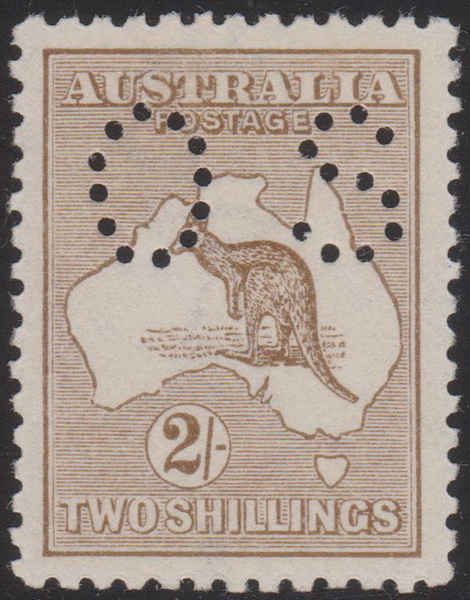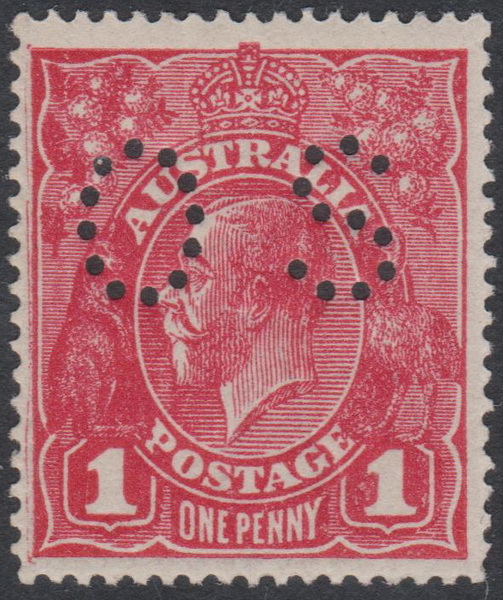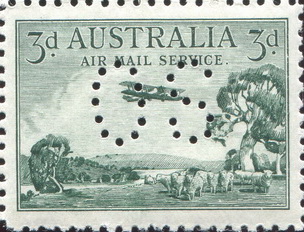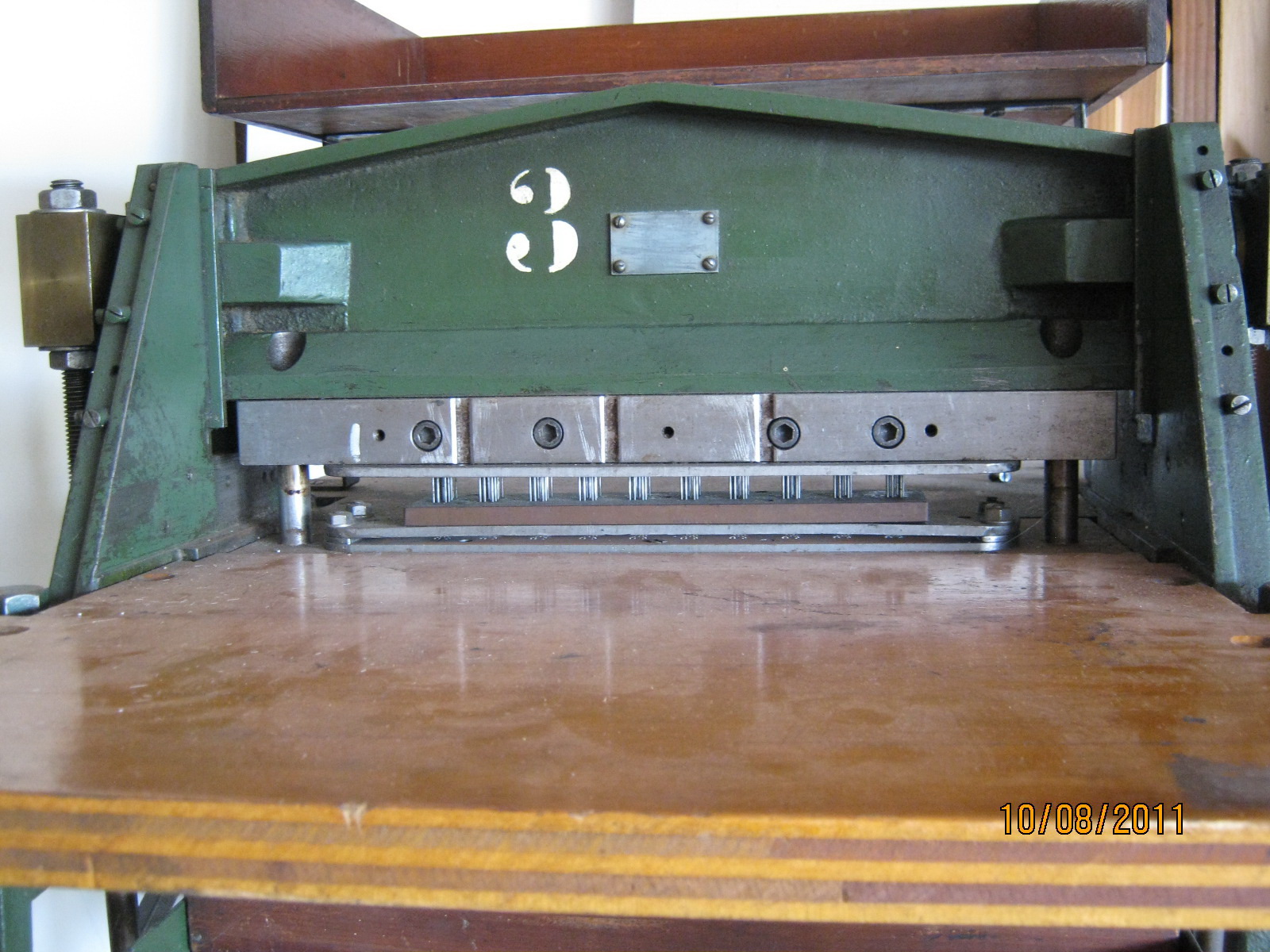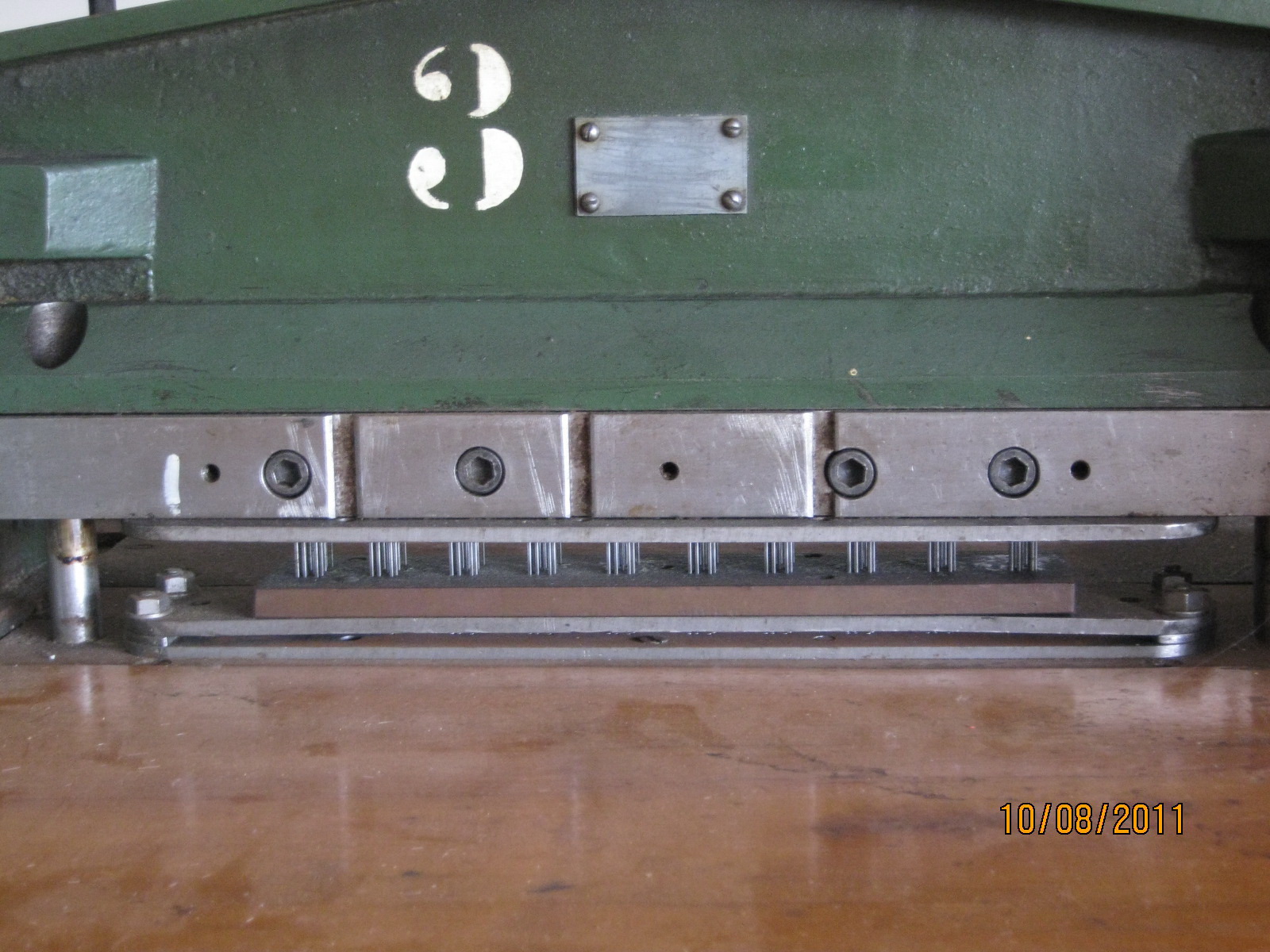Detecting Forged OS Punctures on Australian Commonwealth Issues
What are OS Punctures?Stamps punctured OS were used by Federal Government departments - OS standing for On Service. They had been in use in some states prior to Federation, so the idea was not new. It is believed the original purpose of the puncture was to reduce pilfering of postage stamps by government employees for private use. Commonwealth OS punctures come in two types - Large OS (known as Type G) and Small OS (known as Type H). When the first commonwealth issue of stamps was made in 1913, the Large OS puncture was used. However, it was quickly found that the large hole size combined with the overall size of the two letters so weakened the paper that when stamps were being separated from the sheet, many would be spoiled because the weakness produced by the pattern of holes provided less resistance than the normal straight line of perforations. The Large OS puncture was quickly replaced with the Small OS puncture, shortly after the release of the KGV Head stamps in July 1914. No KGV stamps were issued with the Large OS puncture. How Were OS Punctures Produced?Stamps in the Kangaroo and KGV series were printed in sheets of 120 stamps arranged in left and right panes of 60, with each pane comprising 10 rows and 6 columns. There was a central gutter between the two panes. The steps in the production process are believed to have been:
When a request was made for a supply of stamps punctured OS, those already punctured were supplied, with further sheets removed from storage and punctured as required. Each sheet was punctured one row at a time, by a device similar to that shown below, comprising 12 separate OS punch heads. |
|
|||||||||||||||||||||||||
|
||||||||||||||||||||||||||

